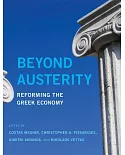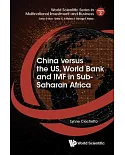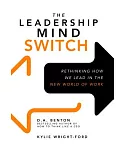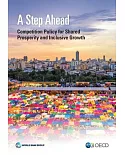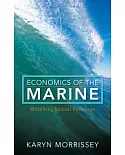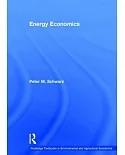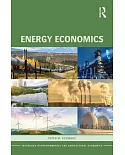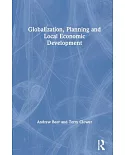This book provides a new methodological approach to money and macroeconomics. Realizing that the abstract equilibrium models lacked descriptions of fundamental issues of a modern monetary economy, the focus of this book lies on the (stylized) balance sheets of the main actors. Money, after all, is born on the balance sheets of the central bank or commercial bank. While households and firms hold accounts at banks with deposits, banks hold an account at the central bank where deposits are called reserves. The book aims to explain how the two monetary circuits – central bank deposits and bank deposits – are intertwined. It is also shown how government spending injects money into the economy.
The exposition covers both the general case and then the eurozone specifically. A very simple macroeconomic model follows which explains the major accounting identities of macroeconomics. Using this new methodology, the eurozone crisis is examined from a fresh perspective. It turns out that not government debt but the stagnation of private sector debt was the major economic problem and that cuts in government spending worsened the economic situation. At the end, the book discusses what a solution to the current problems of the eurozone must look like, with scenarios that examine a future with and without a euro.



